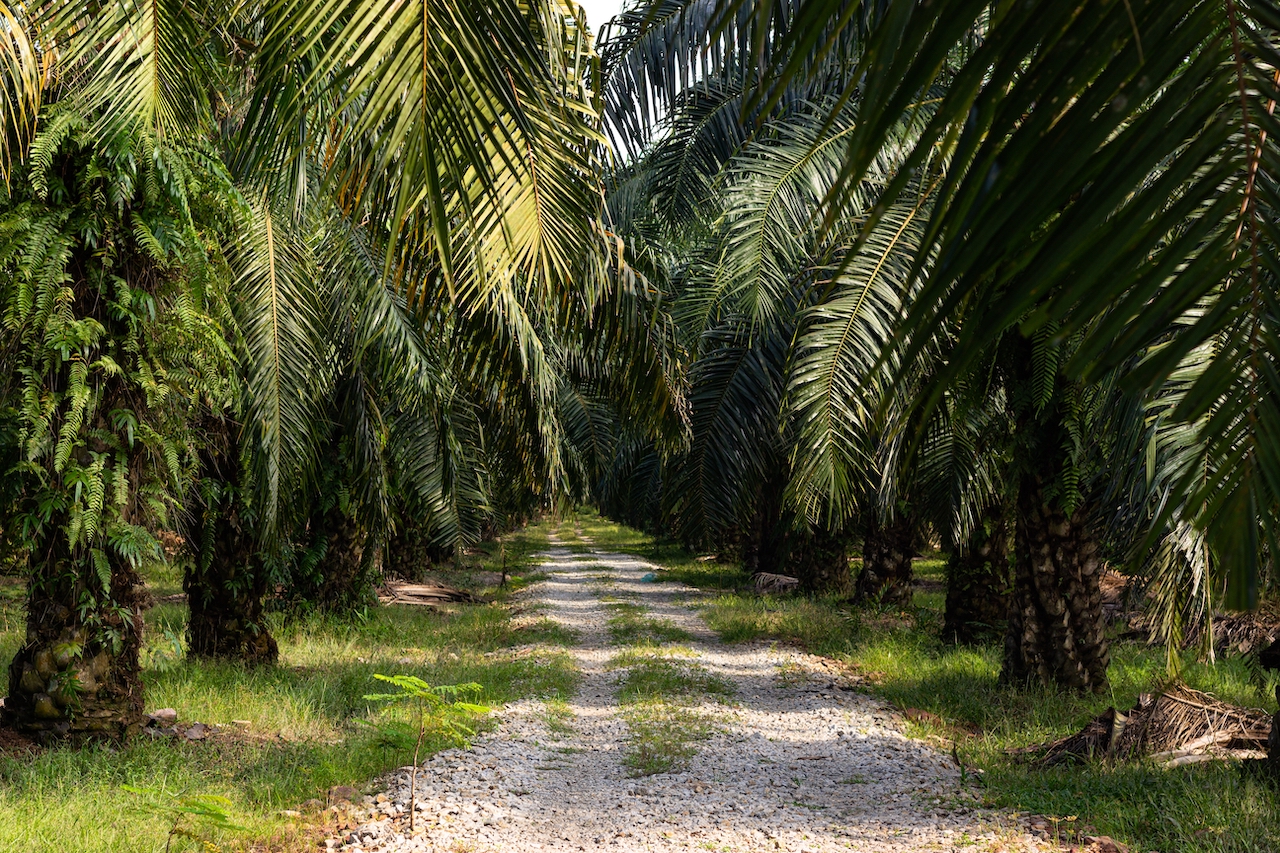CelluFlexGel

3D bioprinting could provide a great solution to produce a precise size and shape of bioprinted construct using a suitable bioink. Current available bioink in the market is expensive and may not acceptable for certain users since it is derived from animal-based gel and may be not ethically and cultural inclusive (halal/kosher/vegan). This bioink is derived from plant and showed acceptable printability, cells-friendly and biodegradability. Thus, it offers an attractive options to be utilised in tissue engineering or others suitable industries that required precise shape and design product with cells-growing capability.
The formulated hydrogel bioink is printed using a customised bioprinter and according to the design, bioprinted contruct is formed. Then it is seeded with any suitable cells such as chondrocytes (knee cartilage implant) and cancer cells (drug screening). 3D bioprinted construct seeded with cells is used in area related with regenerated tissue, anticancer drug screening etc. This bioink has been tested in vitro and showed a promising results in growing the cells.
This innovation is a plant-based bioink made from oil palm trunk waste, combined with alginate and PEGDA to create a biodegradable, biocompatible, and printable hydrogel. It offers a sustainable and affordable alternative to animal-based bioinks, making it suitable for 3D bioprinting in tissue engineering, wound healing, and drug testing. The bioink supports cell growth and is printed using a customized bioprinter to create precise structures. It is designed for research use and targets universities, hospitals, and biotech companies, turning agricultural waste into valuable medical materials.


